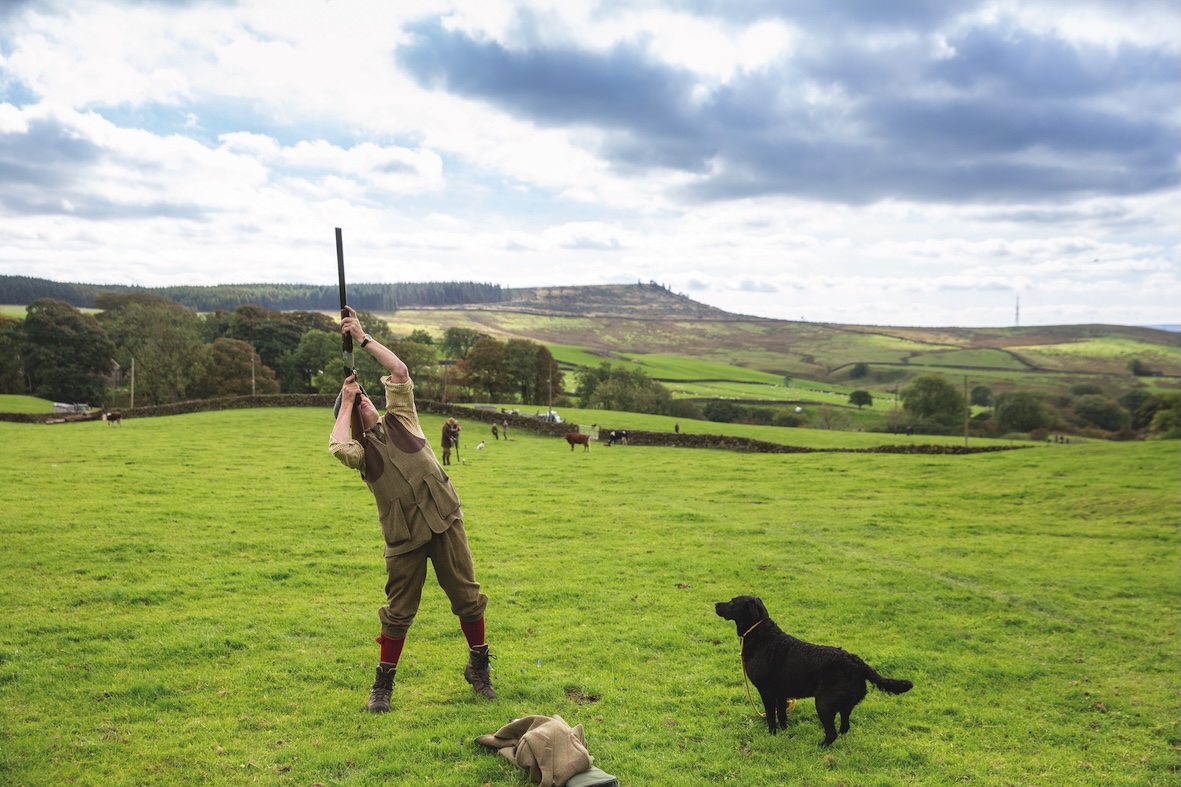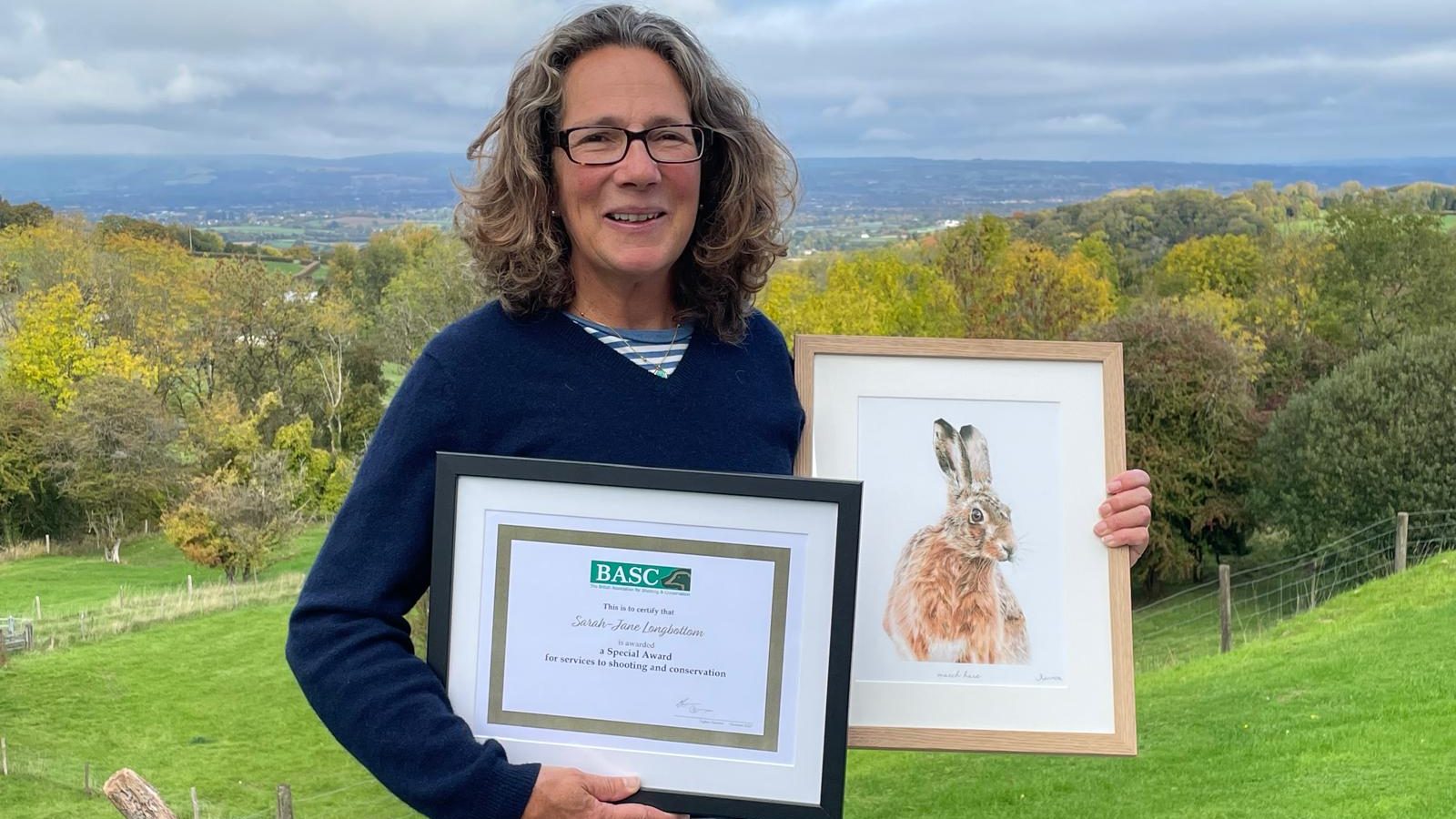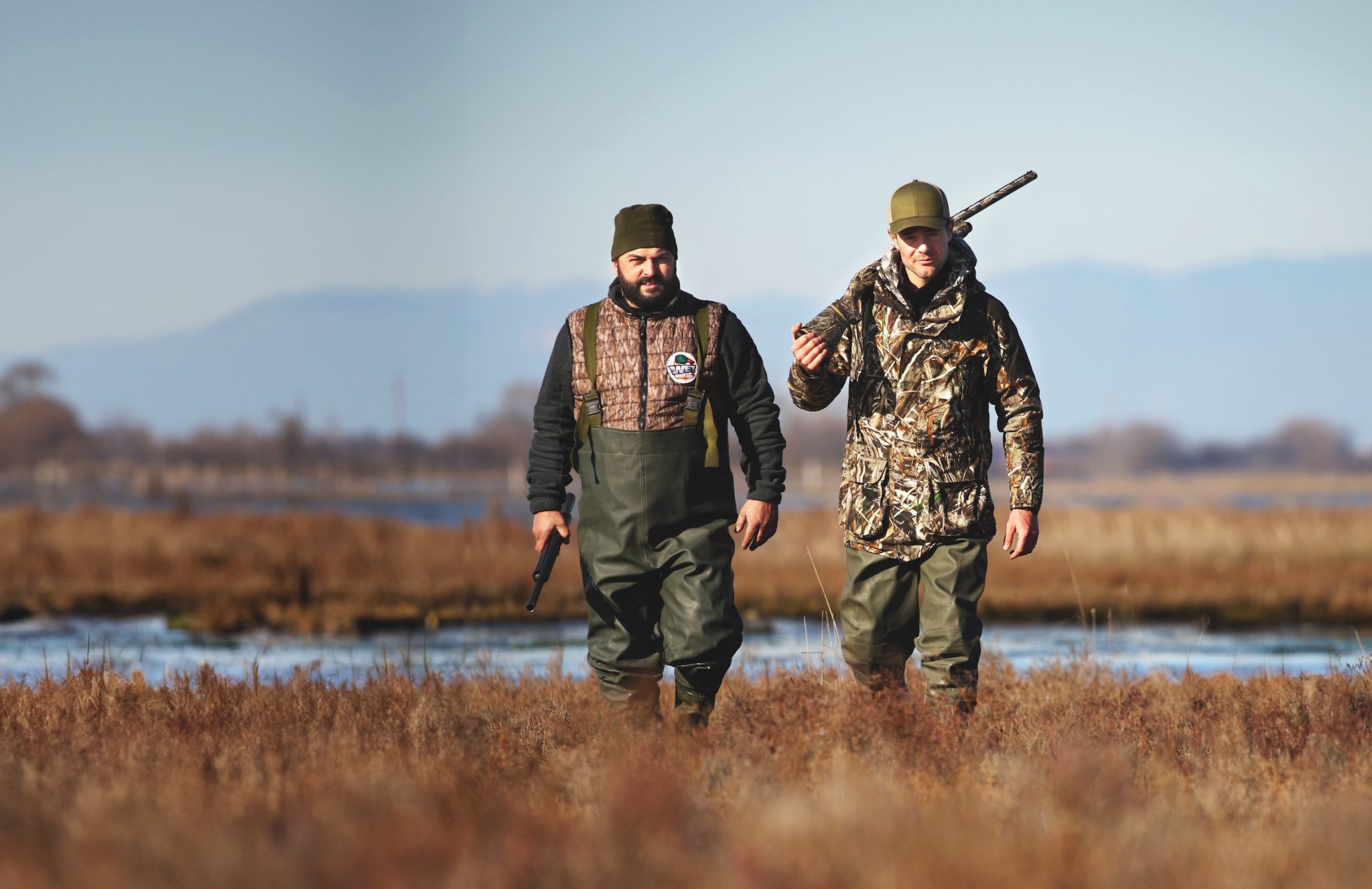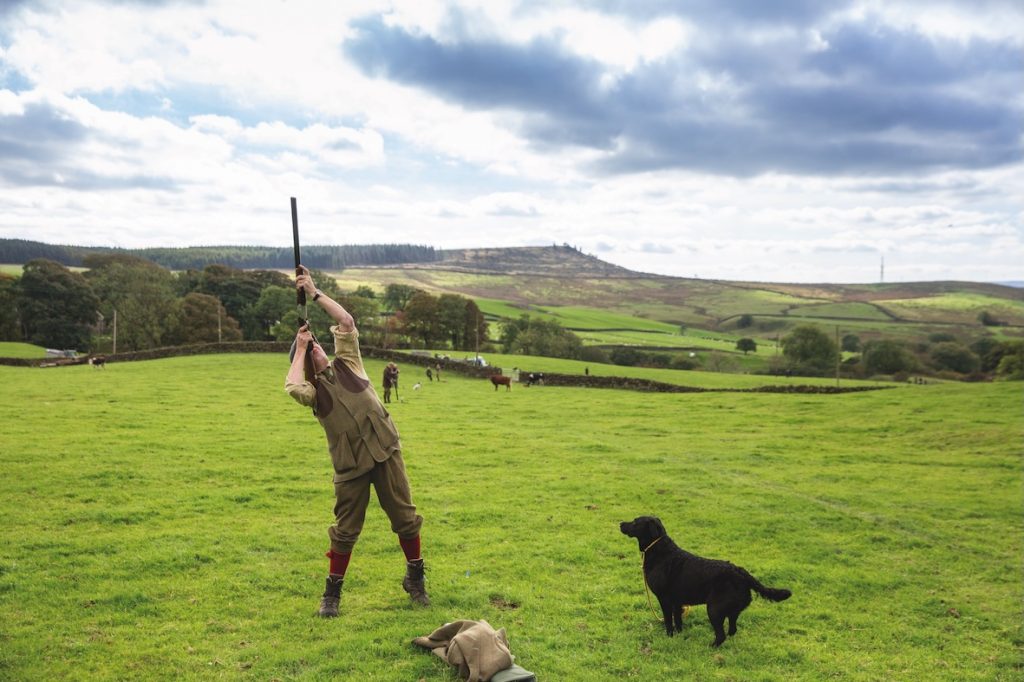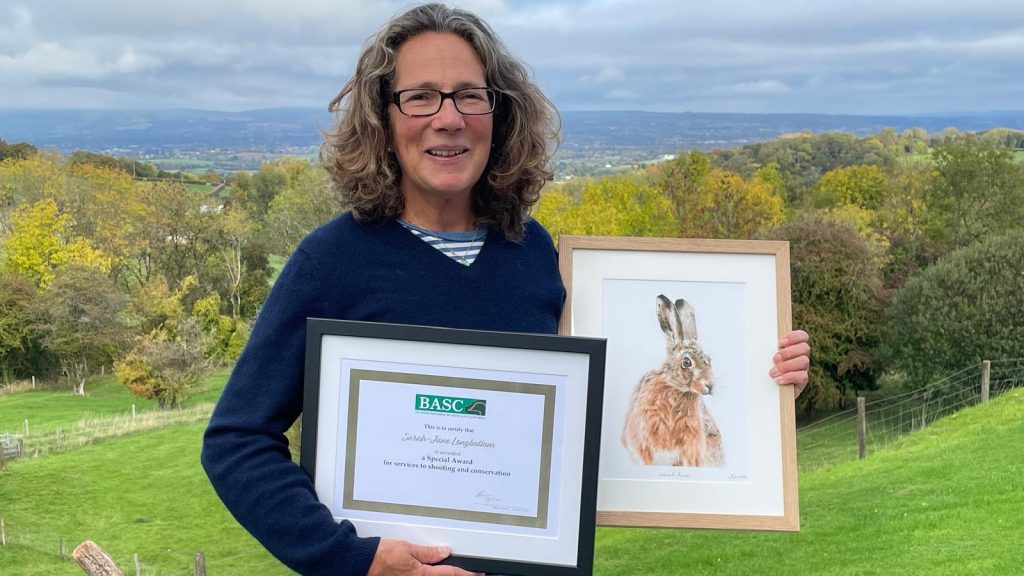Win CENS ProFlex DX5 earplugs worth £1,149 – enter here
How to play your part in boosting the feathered game market
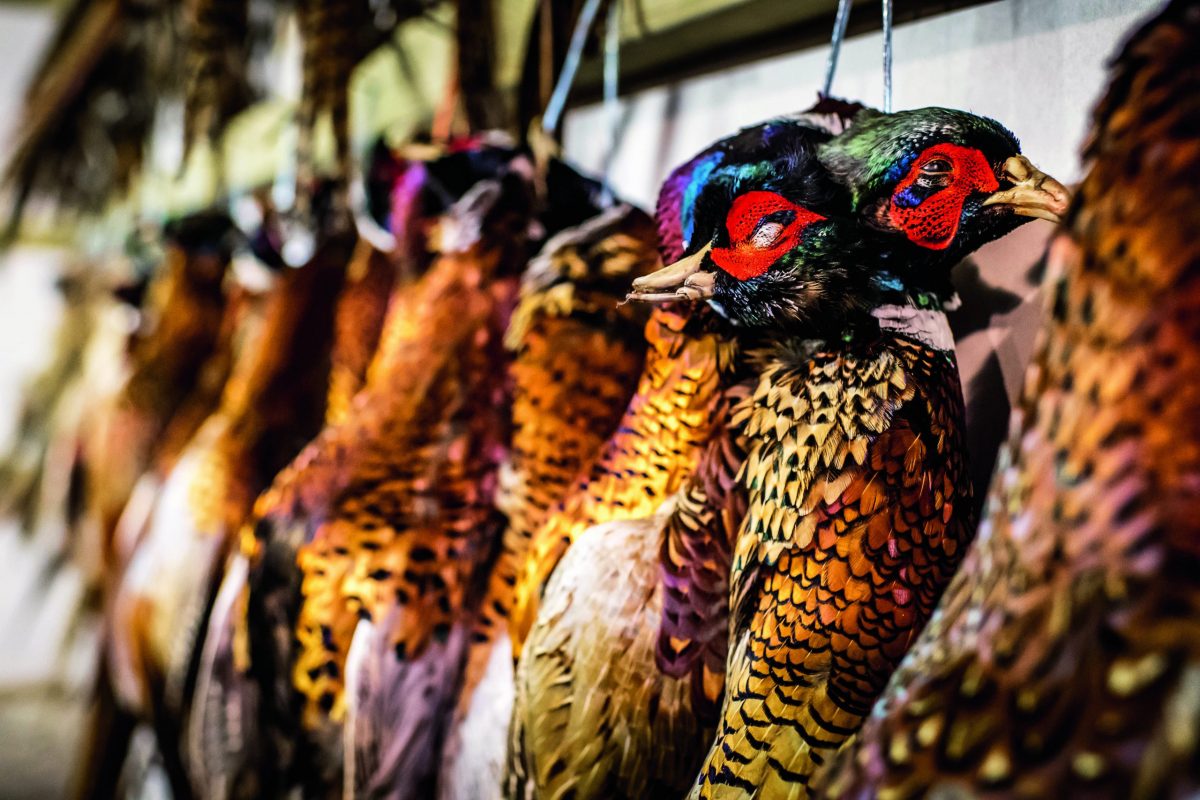
Feathered game have from time immemorial given gratification to the palate of man,” began Mrs Beeton in her 1861 Book of Household Management. The chapter on cookery assures us that the eating of game has a noble pedigree, stretching back to Moses and beyond. (For the our archives of delicious recipes, just click here).
She lists fine instructions for the preparation of delicacies such as bustard, bittern and corncrake. Game was the height of sophistication, favoured by lords of the manor and “so many persons of great wealth who have not otherwise the means of procuring game”. The latter — those who don’t own land, but rather have to pay princely sums to secure their game meat — were responsible for encouraging poaching, according to Mrs Beeton.
The commercial poaching of pheasants and partridges was a serious business, from before the Victorian era right up until the 1980s. Browsing the court circulars of our local Suffolk newspaper, a regular autumnal feature of the 1970s were poachers caught in the act of shooting roosting pheasants with air rifles, or gamekeepers who’d been heavy-handed in dealing with their visitors. This activity, where criminals might expect to make more than a month’s wage on a good night, has all but disappeared from the countryside.
Conundrum
The shoot owners’ angst that their precious stock of game might disappear in nefarious hands has been replaced with another problem: how do we make sure the pheasants we do shoot end up on the table?
Shooting’s popularity, which has grown year on year for the past half a century, has meant that the supply of game is now at record levels. At the same time, tastes have shifted towards the flavour of domestically raised meat, which is generally more bland, fattier and slightly less challenging to cook.
Rapid automation in food processing is difficult to implement for game. Although game dealers pluck and dress millions of pheasants and partridges each year, these numbers cannot begin to compete with livestock. Having lived a mostly wild life, the size and condition of the birds are uneven. Costs are high and the output is relatively small.
Recently, the pandemic shuttered restaurants that had previously been stalwart buyers. A few years ago, France and Belgium imported around two-thirds of all the game shot in Britain. But add in the kicker of Brexit, which burdened this trade with unwieldy bureaucracy, and it is easy to understand how finding a suitable market for game can be a conundrum for shoots and game dealers.
How birds are handled on a shoot day can have a significant impact on the quality of the meat
“While the double blow of COVID-19 and Brexit made life tricky, we have seen signs of an improving game market recently,” suggests Liam Stokes, who runs British Game Assurance. “But the key thing is that it’s the right sort of game.”
What Liam means here is that we need to start looking at game as a modern food product. By taking a brace of birds home at the end of the day, even when the bag is many times larger than that and each drive has been a busy one, we reinforce the feeling that shooting is essentially a hunter-gatherer activity, where our end goal is simply ‘one for the pot’.
This may be true for many rough shooters and it is certainly a better approach than that of people who decline even a brace. They should deservedly be made pariahs and, ideally, not invited back. But it is a long way from the mindset that, by taking part in a driven day, we are producing food to be sold to the general public.
Assurance
Food production over the past three decades has become both safer and more regulated for the general public. While nostalgic sorts will bemoan this, it is an inescapable reality. In every sector, there are stringent rules, enforced through various assurance schemes, that make sure each element of food that ends up on the shelves has been produced and handled in a considered way.
Shooting will never become the spotless space that some food factories are, but it is necessary for the shooting community to recognise that we as shooters and shoot managers are involved in food production and, as such, should follow codes of practice to ensure we deliver the best possible product to market.
“At the moment, for carcasses in very good condition, and that are lead-free, the demand significantly outstrips supply,” remarks Liam. “We are being approached all the time by outlets looking for pheasants and partridges of this quality.” The reality of a shoot day means that we’ll always end up with carcasses in varying conditions. And, of course, the move away from lead is another complication entirely. However, there are a number of steps that both shooters and those who manage shoots can take.
For those who shoot, there are two immediate and simple ways to help supply game in top condition. The first is restraint. Shooting low birds, before the pattern has a chance to expand, will inevitably lead to unnecessary damage to the meat. The second is choosing a cartridge and choke combination suitable to the landscape. It is childish machismo for a shooter to choose 32g of No 5s to shoot a Norfolk partridge.
Perhaps the most vital thing a shoot can do is move away from the trend of rearing smaller pheasants. This issue was more acute a few years ago, but there persists a fallacy that smaller birds are better fliers. This is not true, but it is the case that small pheasants are much harder for game dealers to prepare and market.
Aside from the obvious fact that there is less meat on them, we have adopted rules from European legislation that mandates a minimum legal weight for a pheasant breast to be sold as a ‘breast’. Bizarre as that may seem, it means that small birds either have to be sold whole, the least popular form of pheasant for the general public, or processed further into diced breast or mince. The added labour costs for this simply don’t add up for the smaller birds.
Pitfalls
The most critical aspect in making sure pheasants arrive at the game dealer in good — and more marketable — condition is handling on a shoot day. This is something that the shoot must be rigorous about, but we as Guns also have an important part to play. The journey from retrieving a pheasant to putting it in a game cart can seem a formality, but it is full of pitfalls that can affect the quality of the meat.
“By making small changes at this juncture and ensuring that best practice is followed, you can make an enormous difference to the condition of the birds. When we collect pheasants from a shoot, we can tell almost instantly how they have been handled in the field,” confirms Stephen Crouch, of Hampshire Game.
I am sure we can imagine the scene from shoots we’ve been on: a bird is retrieved by a dog with a hard mouth, possibly puncturing the skin, and then heaped in a pile for someone to collect. It is thrown into the footwell of a truck or back of the Gun bus so it’s not left behind, where it will remain for the duration of the next drive — perhaps an hour — until it finally arrives at the game cart.
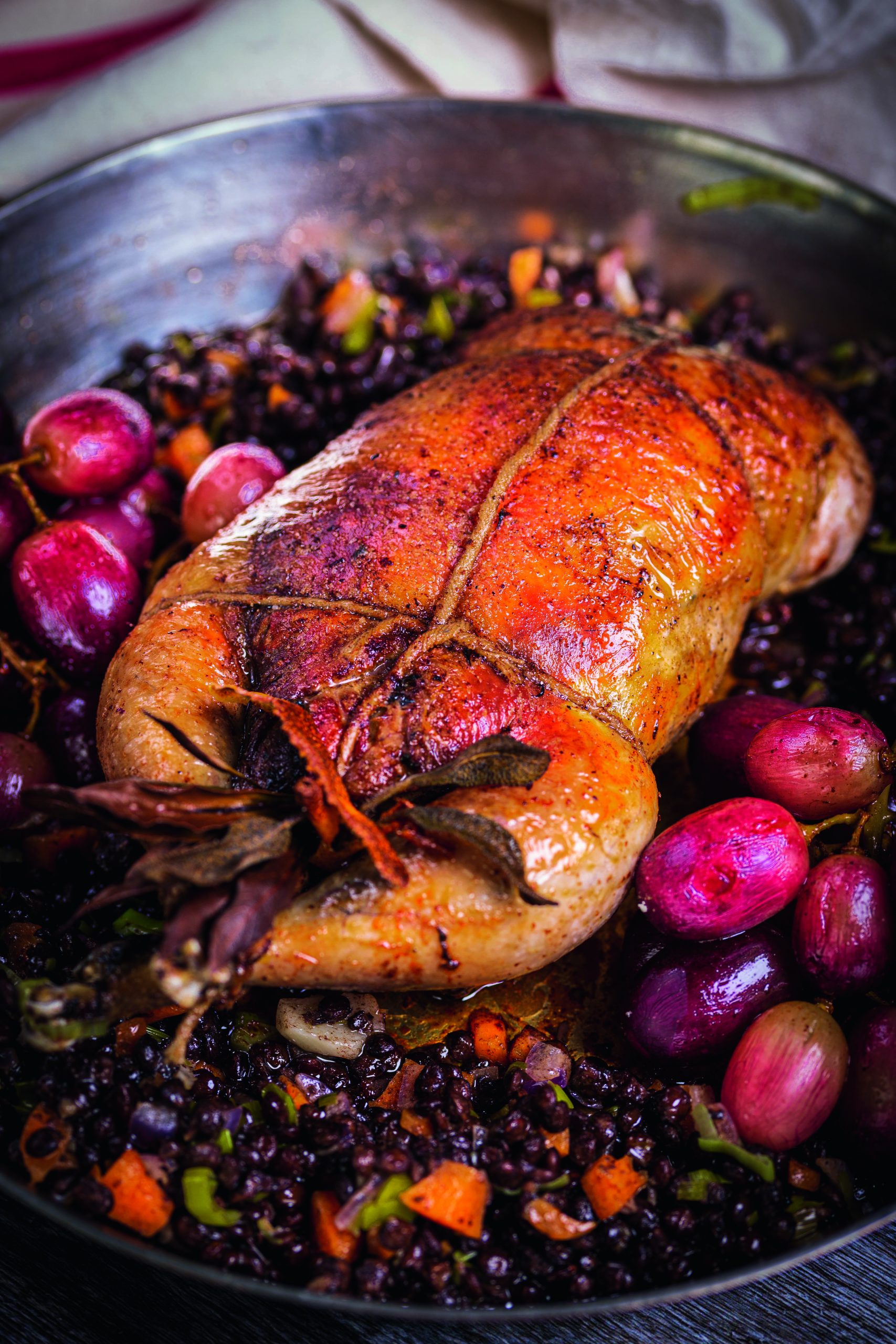
The demand outstrips supply for high-quality lead-free pheasant and partridge carcasses
Superior
“It is paramount that birds are cooled as soon as possible after they are shot,” Stephen adds. “The best birds we get are from shoots where birds are put in a chiller throughout the day. Clearly, this is impractical for many shoots, but ensuring that birds are never heaped on top of each other, but have space for air to flow around them, is critical.”
These guidelines are all outlined by British Game Assurance and all shoots that are members — which every shoot should be, regardless of its size — can get clear advice on how to implement these changes.
“People are always wary of change and breaking old habits is hard,” suggests Ben Rigby, of Ben Rigby Game. “But we’ve seen it with venison over the past decade. The standard of meat we now receive is far superior. Best practice, in terms of carcass handling from the shot, to the gralloch, to the chiller, is now at a level that allows us to supply the market with a high-quality and consistent product. In today’s market, consistency is the absolute key. What we now need to see, and it is starting to happen, is a similar embrace of best practice for feathered game.”
Far from being intimidated, we should be encouraged by this. News that some NHS hospitals are putting pheasant on the menu and that large retailers are seeing an uptick in demand for game is superb. If we can shift our thinking and understand that the game we shoot has to fit into a modern, sanitised and bureaucratic food production system, then we will inevitably do everything we can to supply the best possible product.
Embracing this view will ensure that, as Mrs Beeton said more than 150 years ago, feathered game will continue to give “gratification to the palate of man” for at least another century to come
Related Articles
Get the latest news delivered direct to your door
Subscribe to Shooting Times & Country
Discover the ultimate companion for field sports enthusiasts with Shooting Times & Country Magazine, the UK’s leading weekly publication that has been at the forefront of shooting culture since 1882. Subscribers gain access to expert tips, comprehensive gear reviews, seasonal advice and a vibrant community of like-minded shooters.
Save on shop price when you subscribe with weekly issues featuring in-depth articles on gundog training, exclusive member offers and access to the digital back issue library. A Shooting Times & Country subscription is more than a magazine, don’t just read about the countryside; immerse yourself in its most authoritative and engaging publication.



